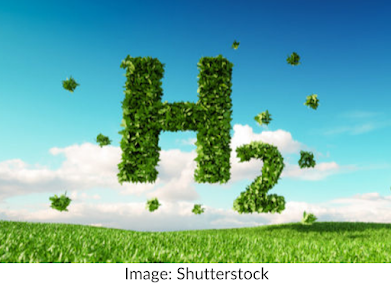Using Nanoparticles to Clean Ocean Oil Spills: Ferrofluids
Nanoparticles, measured in nanometers (one-billionth of a meter), can be 100,000 times smaller than the width of a human hair. Their incomprehensibly small size equips them with unique material properties. Specifically, magnetic nanoparticles, those made up of elements like iron, nickel, cobalt, chromium, manganese, gadolinium, along with their subsequent chemical compounds, have a unique property that allows them to remain suspended in carrier liquids. This liquid with suspended nanoparticles is known as a ferrofluid.
Unlike many chemical dispersants, ferrofluids are nontoxic, making them a safer approach. Researchers at MIT have devised a plan on how to use ferrofluids to clean oil spills. Magnetic nanoparticles would be dispersed into the carrier liquid, which would be the oil, creating a ferrofluid. When the nanoparticles are mixed in, the oil itself becomes magnetic. The magnetic oil would be collected onto an offshore facility. The next step would be to separate the oil from the water by introducing an array of strong magnets that the oil would gravitate towards.A significant advantage of this process is that materials can be reused afterward, leading to significantly lower materials loss and reduced costs. When oil is removed from the ocean, nanoparticles can be removed from the oil to be reused in future clean-ups. A high gradient magnetic separator would separate the particles. Any water with nanoparticles removed is clean due to the nontoxic property of the ferrofluid and can be moved back into the ocean. The separated oil is recovered so that it can be reused; it can even be channeled to the appropriate facility, such as an oil refinery.
Further, this process has the potential to be effective with different oil viscosities. Oil extraction occurs in many different areas, and an oil spill can occur during any stage of the extraction or refinement process. These two factors can determine the oil's viscosity. According to research on a smaller scale by Montclair University, the oil's viscosity slowed down the process but had little impact on its overall effectiveness. While this application of ferrofluids, cleaning massive oil spills, had not yet been tested on a large scale, extensive experimentation conducted at leading institutions with smaller quantities has exhibited promising results. All of this indicates that ferrofluids, powered by tiny nanoparticles, are an emerging solution to an enormous problem.Sources:
https://www.sciencebuddies.org
https://www.sciencelearn.org.nz
https://news.mit.edu/2012/how-to-clean-up-oil-spills-0912
https://www.researchgate.net/publication
https://digitalcommons.montclair.edu
https://www.youtube.com/watch?v=uUAzxX1FEuk
Image Credits (in order):
https://www.chemistryworld.com
https://response.restoration.noaa.gov
https://www.digitaltrends.com/cool-tech/best-ferrofluid-gadgets/
https://www.sciencebuddies.org








Comments
Post a Comment